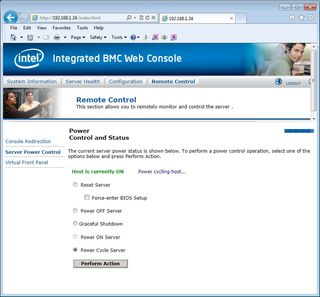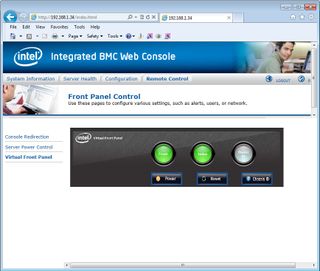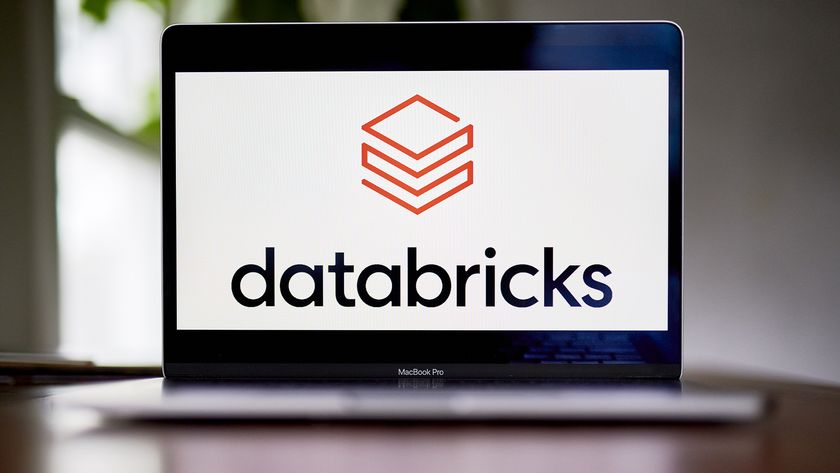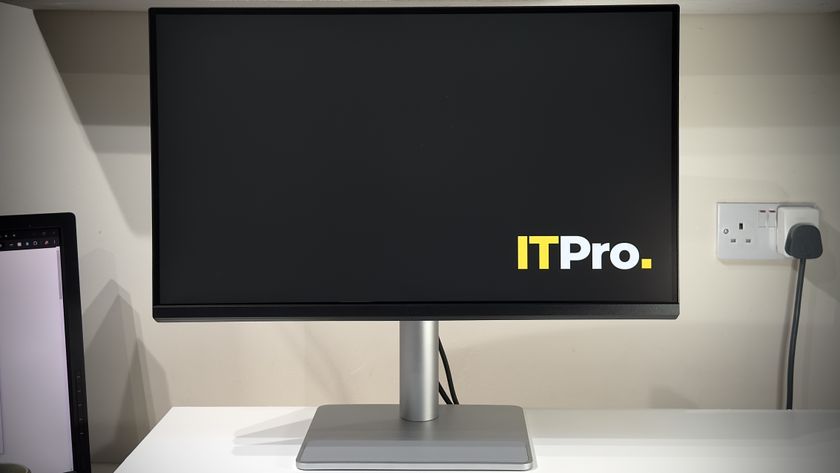Internal design and power consumption
Internally, the server is tidy and affords easy access to all key components for upgrade and maintenance manoeuvres. The processors and memory slots are covered by a clear plastic air shroud and cooling is handled by a bank of five dual rotor cold-swap fans in front.
The fans are quiet but this tranquility is shattered by the 460W hot-plug power supply in the review system as its own internal fan ran at full speed and was noisy. The is because a single 460W model isn't powerful enough for this hardware specification. We tested our theory by replacing it with a 750W Intel power supply which was significantly quieter.
On a positive note, we found the server to be easy on the utility supply as with Windows Server 2008 R2 idling along we measured a modest draw of 76W. With the SiSoft Sandra benchmarking app maxing out all 32 logical cores, we saw usage peak at only 211W.

The RMM4 web interface extends full control over all server power operations
Remote management
Remote server management is provided as the price includes Intel's optional RMM4 module which snaps onto the motherboard and presents a dedicated network port at the rear. It doesn't come close to HP's new iLO4 but it does provide a solid, if somewhat basic, set of features.
Unlike Dell and HP, you get full KVM-over-IP remote control and virtual media services included as standard. The interface has been updated to include a virtual front panel graphic which provides remote links to the power, reset and system ID buttons on the server.
Intel has recently launched its Server Continuity Suite which provides enhanced server monitoring and remote configuration backup services. We tried loading it but found that it doesn't currently support the S2400BB motherboard.

Intel has added a new virtual front panel graphic to its RMM4 web interface
More expansion features
Further expansion is possible as two riser cards provide a couple of PCI-e Gen3 slots. We checked out available space and found we could fit a standard full width, half-length card in the left and right slots. There is an inner PCI-e slot on one riser but in this server it's unusable as the mini-SAS ports block access to it.
Network features look good as well as the server provides four embedded Gigabit ports as standard. The motherboard also has a cut-out at the back that makes room for one of Intel's I/O upgrade modules. It currently supports Intel's quad-port Gigabit, dual 10GbE SFP or 10GBaseT and dual-port QDR Infiniband modules.
Overall
The CyberServe R13044BB is better value than both Dell's PowerEdge R420 and HP's ProLiant DL360e Gen8 rack servers. As a low cost but powerful compute node, the R13044BB scores well but if you want more features and are prepared to pay for them then look towards Dell or HP.
Verdict
The CyberServe R13044BB delivers plenty of raw processing power in a compact rack chassis with a low power draw. It’s better value than Dell’s PowerEdge R420 or HP’s ProLiant DL360e Gen8 although remote management features are more basic. Make sure you specify 750W power supplies as well as the 460W models aren’t up to the job.
Chassis: Intel R1304BB4DC 2U rack Motherboard: Intel S2400BB CPU: 2 x 2.3GHz Xeon E5-2470 Memory: 16GB 1600MHz RDIMM DDR3 expandable to 384GB Storage: 1 x 250GB Seagate Barracuda SATA hot-swap hard disk (max. 4) RAID: Intel C602 Array support: RAID0, 1, 5, 10 Expansion: 2 x PCI-e Gen3 slots Network: 4 x Gigabit Power: 460W hot-plug supply (max 2) Management: Intel RMM4 with 10/100 port Warranty: 3yrs on site NBD
Dave is an IT consultant and freelance journalist specialising in hands-on reviews of computer networking products covering all market sectors from small businesses to enterprises. Founder of Binary Testing Ltd – the UK’s premier independent network testing laboratory - Dave has over 45 years of experience in the IT industry.
Dave has produced many thousands of in-depth business networking product reviews from his lab which have been reproduced globally. Writing for ITPro and its sister title, PC Pro, he covers all areas of business IT infrastructure, including servers, storage, network security, data protection, cloud, infrastructure and services.













